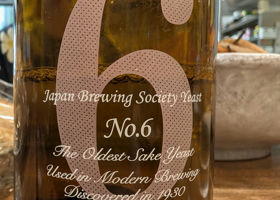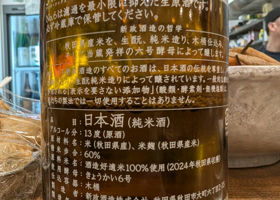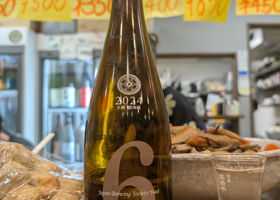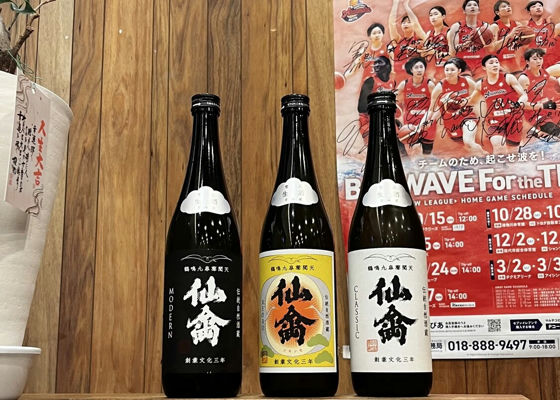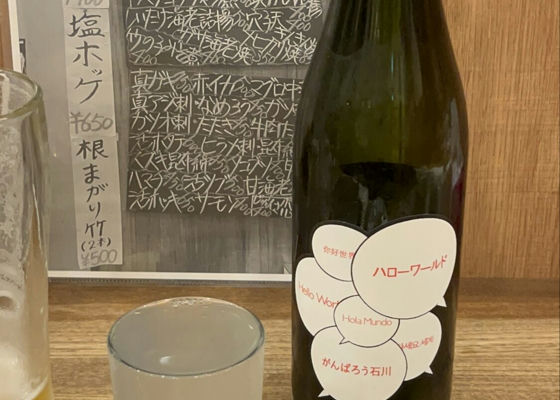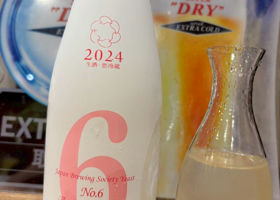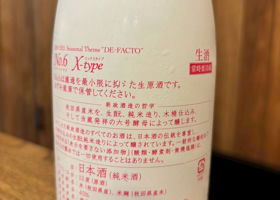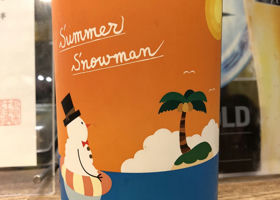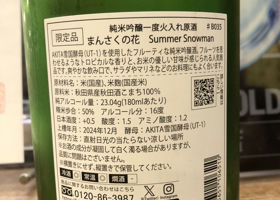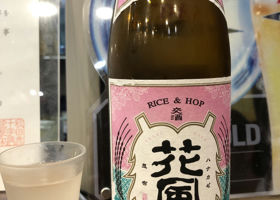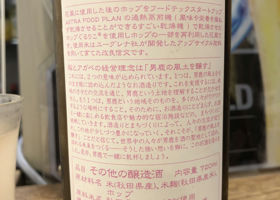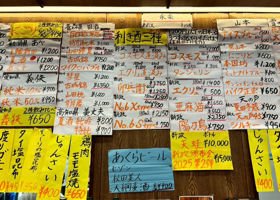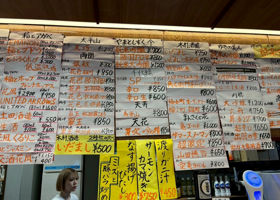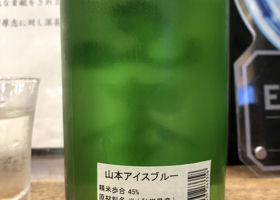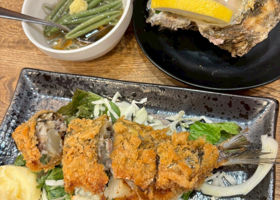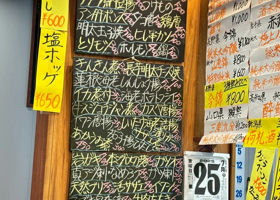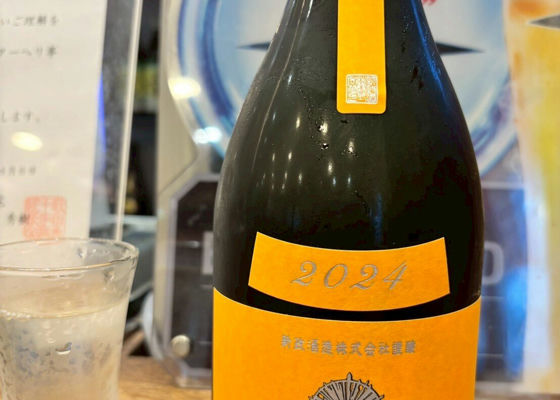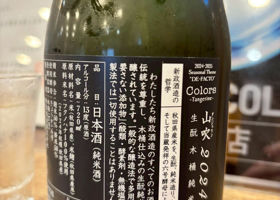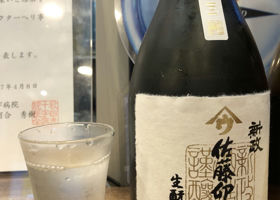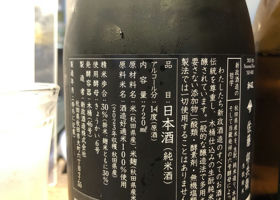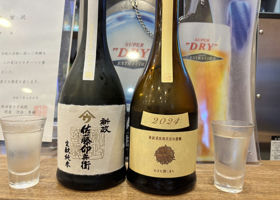Timeline
まえちん( ˘ ³˘)♡🍶🍶🍶🍶
Akita business trip No.15
I went back to Ishikawa once, but today I went to Akita on the day before the inspection day 😀The beauty of the business trip to Akita is that I had a drink outside at Eiraku Restaurant ✨I had Shinsei first 😋.
First time? I'll start with Rtype.
The 4th picture is a close-up of Akita Inu (Akita dog) at Akita station. It makes me sad to think that I won't be able to see it anymore😭. マナチーGood evening, Maechen! I like Eiraku, I'd like to go there once. ❗️ I understand that you have a fetish for kettle holes🤣❗️ oppaiEiraku Drinking Comparison oppaiThe set that Nozomi Sasaki was drinking from. HiguThe closing of Eiraku Restaurant is still Shinsei 6️⃣.
We had a great time drinking for 3 hours. We decided to finish with Shinsei 6️⃣ from NEXT5.
I am sure of it. I would like to go there again. HiguContinued at Eiraku Shokudo.
Still with Akita sake.
In the hot summer, I hoped it would cool me down.
It was refreshing in summer. ☺️
Come to think of it, I haven't eaten iburigakko since I came to Akita 😆. HiguContinuing at Eiraku Restaurant.
I can't decide what to order anymore🙀.
We started with Akita sake, so we made a choice.
It looked like a white wine.
I can drink more! HiguAt Eiraku Restaurant.
Ordered the popular sardine fries. Mmmm...great as a snack 😃.
No way the Akita sake wouldn't go well with it.
It was delicious 😋. HiguAt Eiraku Restaurant, Akita, Japan.
It was a Friday, and the place was packed. Without a reservation, it was impossible to get in even if you waited.
I decided to try the Shinsei Tangerine, which I had never had before, just because I was in Akita.
Aaahhh, was it citrusy, I forget. I want to drink it again! ジェイ&ノビィHi Higu 😃
I would like to visit Eiraku Restaurant 🥹 at least once!
Does it seem hard to get a reservation?
The taste memory of the drink is enough for me to remember how good it tastes 😆. HiguHi Jay & Nobby. Please go to Eiraku Shokudo - I'm sure you'll love it. They don't accept reservations if it's too early, but I think I could make a reservation 2 months in advance. they are open from 4:30pm, so that time is free 😆. Just good enough for me already 😆. HiguIt's been a long time since I've been to Akita. ma-ki-Good evening, Mr. Higu!
I hope you enjoy Akita after a long absence 😋. Higuma-ki, I enjoyed Akita after a long time! Eiraku Shokudo is the best 😀. 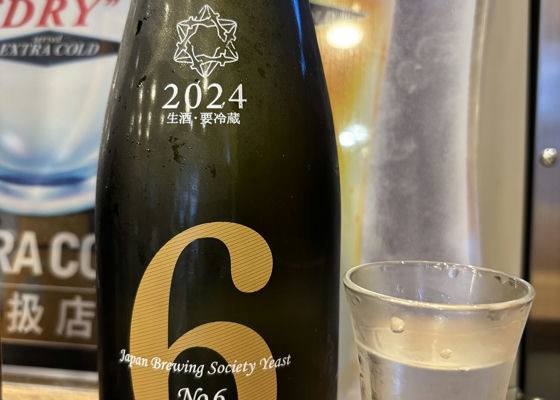
なのは(名芭)Akita! Here it comes 🥰.
At the sacred Eiraku Restaurant. ma-ki-Good evening, Nanoha (namasu)!
Akita is nice 🤗
You are drinking good stuff right away 🤤.
Have fun 🤗 hoshiakiNice to meet you 😅Nanoha-san, Eiraku Shokudo in Akita is the best ✨It's the number one izakaya I want to go back to. I'm so envious! さしゅーNanoha-san Good evening 😄I am jealous of the holy place Eiraku! Enjoy Akita! ジェイ&ノビィHello Nanoha 😃
Oh! Akita expedition ‼️ is a great trip for Shinsei lovers 🤗and a sacred place in Akita that is ridiculously better known than our sacred place 😆 I'd love to go there 🥹. つぶちゃんGood evening, Nanoha!
Nice Akita💕and Eiraku Restaurant❣️
I'm so envious 😆 Shinsei-sama 😍. なのは(名芭)ma-ki-Sorry for the delay💦. It's been a while since I came back from my trip to Akita. Good memories never fade. ☺️ I enjoyed it! なのは(名芭)hoshiaki, sorry for the delay 💦😓 I see you've been to Eiraku too! I got lost in ordering lol I want to go back! なのは(名芭)Sorry for the delay, Sashiu-san 🥲 Shinsei was delicious! I was very satisfied because this was my destination in Akita! Eiraku Shokudo: It was full all the time. It was indeed! なのは(名芭)Chika, sorry for the delay. The best of the Holy Land: 〜〜〜〜〜〜 なのは(名芭)J&N, sorry for the delay 😭 I really enjoyed talking with Eiko from Eiraku Shokudo! It was a blissful time for me as a Shinsei Love ♡ Please visit the Holy Land. なのは(名芭)Tsubu-chan, sorry for the delay 😢 I was back long time ago lol I was added to the tour group if you want to go to Yamagata 🤭 Eiraku was a lot of fun! I enjoyed Shinsei ♡ Sato-san wasn't there lol. しょうClear, sweet and easy to drink. しょうFeels gassy, fruity and delicious. RecommendedContentsSectionView.title
